The Challenge of Healing in Aging Skin
Eyelid surgery, or blepharoplasty, can refresh the eyes and reduce signs of aging—but healing in mature skin is a little more complex. As we age, skin becomes thinner, slower to repair, and more sensitive to irritation (Chambers, 2020).
If you’re an older patient considering blepharoplasty—or currently recovering—understanding how your skin heals helps you choose the right care routine. With gentle, science-backed scar therapy, you can promote smoother recovery and protect fragile eyelid skin.
Why Older Skin Heals Differently After Eyelid Surgery
Collagen Slows Down
Collagen gives skin structure and elasticity, but its production naturally decreases with age (Berman & Mustoe, 2020). When fibroblasts—the cells responsible for collagen—slow down, scars take longer to mature and may appear more visible for several months.
Circulation Isn’t as Strong
Older skin often has reduced blood flow and oxygen delivery to the healing site (Efficacy of Topical Silicone Gel, 2021). This can delay tissue repair and cause dryness or discomfort during recovery.
The Skin Is Thinner and More Fragile
Eyelid skin is the thinnest on the body, averaging only 0.5 mm thick. In mature patients, that barrier is even more delicate, increasing the risk of visible scars or atrophy if the area isn’t properly supported (Chambers, 2020).
Cell Renewal Takes Longer
With age, the skin’s cell turnover slows dramatically—so redness, discoloration, and uneven texture can last longer than in younger patients (Mustoe et al., 2020).
What Aging Skin Needs: Protect, Support, and Be Gentle
1. Protect the Skin Barrier
The skin barrier is your first line of defense during healing. Keeping it hydrated and protected encourages optimal scar remodeling.
Medical-grade silicone, such as in RejûvaSil® Silicone Scar Gel, creates a soft, breathable film over the incision. Research shows silicone therapy helps maintain hydration, reduce transepidermal water loss, and modulate collagen production to minimize abnormal scarring (Berman & Mustoe, 2020; Wounds International, 2015).
For eyelid scars, this is especially important—hydration supports fibroblast balance without irritating the thin surrounding skin.
2. Support Collagen Safely
After your incision fully closes, encourage healthy collagen formation without irritation. Skip strong retinoids or acids and focus on gentle support.
Scar Esthetique® Silicone Scar Cream combines medical-grade silicone with peptides, vitamin C, and natural extracts that improve skin tone and texture. These ingredients are backed by evidence showing that silicone-based products help flatten, soften, and lighten scars over time (Efficacy of Topical Silicone Gel, 2021).
3. Be Gentle with Actives
Older eyelid skin is sensitive—harsh actives can do more harm than good.
-
Wait for surgeon clearance before applying any topical product.
-
Use a rice-grain amount of silicone gel per eyelid.
-
Avoid rubbing or massaging too early.
-
Choose fragrance-free, hypoallergenic formulas made for post-surgical care.
4. Protect from Sun and Dryness
Sun exposure and low humidity can worsen redness and pigmentation. Dermatologists recommend UV protection and humidity control during scar healing (Maximizing Scar Healing After Eyelid Surgery, 2024).
-
Wear sunglasses and a hat outdoors.
-
Use a gentle mineral SPF once the incision is fully healed.
-
Sleep with a humidifier to maintain hydration overnight.
Why This Matters for Older Patients
Older skin needs more time, moisture, and protection. Generic scar-care products can be too harsh or heavy for thin eyelid tissue. Rejûvaskin’s gentle, science-backed formulas were created specifically for fragile or aging skin.
RejûvaSil® forms a breathable layer to maintain ideal moisture balance early in recovery, while Scar Esthetique®supports long-term collagen health and scar refinement. Both align with the global consensus recommending silicone therapy as the first-line treatment for scar management (Mustoe et al., 2020; Berman & Mustoe, 2020).
With patience and consistent care, even mature eyelid skin can heal beautifully—smooth, soft, and nearly invisible scars included.
Quick Takeaways
-
Aging skin heals slower and requires more hydration and protection.
-
Silicone therapy is clinically proven to minimize scar thickness and discoloration.
-
Avoid harsh actives or strong acids near the eyes.
-
Rejûvaskin’s silicone-based scar care supports safe, comfortable healing for fragile skin.
Works Cited
Berman, B., & Mustoe, T. (2020). Evolution of silicone therapy and mechanism of action in scar management. Dr. Thomas Mustoe. https://www.drthomasmustoe.com/content/uploads/2020/03/Scar-Management-Evolution.pdf
Chambers, A. (2020). Management of Scarring Following Aesthetic Surgery. NCBI Bookshelf. https://www.ncbi.nlm.nih.gov/books/NBK586076/
Efficacy of topical silicone gel in scar management: A systematic review. (2021). PMC.https://pmc.ncbi.nlm.nih.gov/articles/PMC7949016/
Mustoe, T. A., et al. (2020). Silicone gel is equivalent to silicone sheeting in scar therapy: Clinical trials and experience. Link
The use of silicone adhesives for scar reduction. (2015). Wounds International. https://woundsinternational.com/wp-content/uploads/2023/02/58fdb75173ea7e613e076cbdcb709741.pdf
Maximizing scar healing after eyelid surgery. (2024). Aesthetic Surgery Center Blog.https://www.aestheticsurgerycenter.com/blog/blepharoplasty-scars
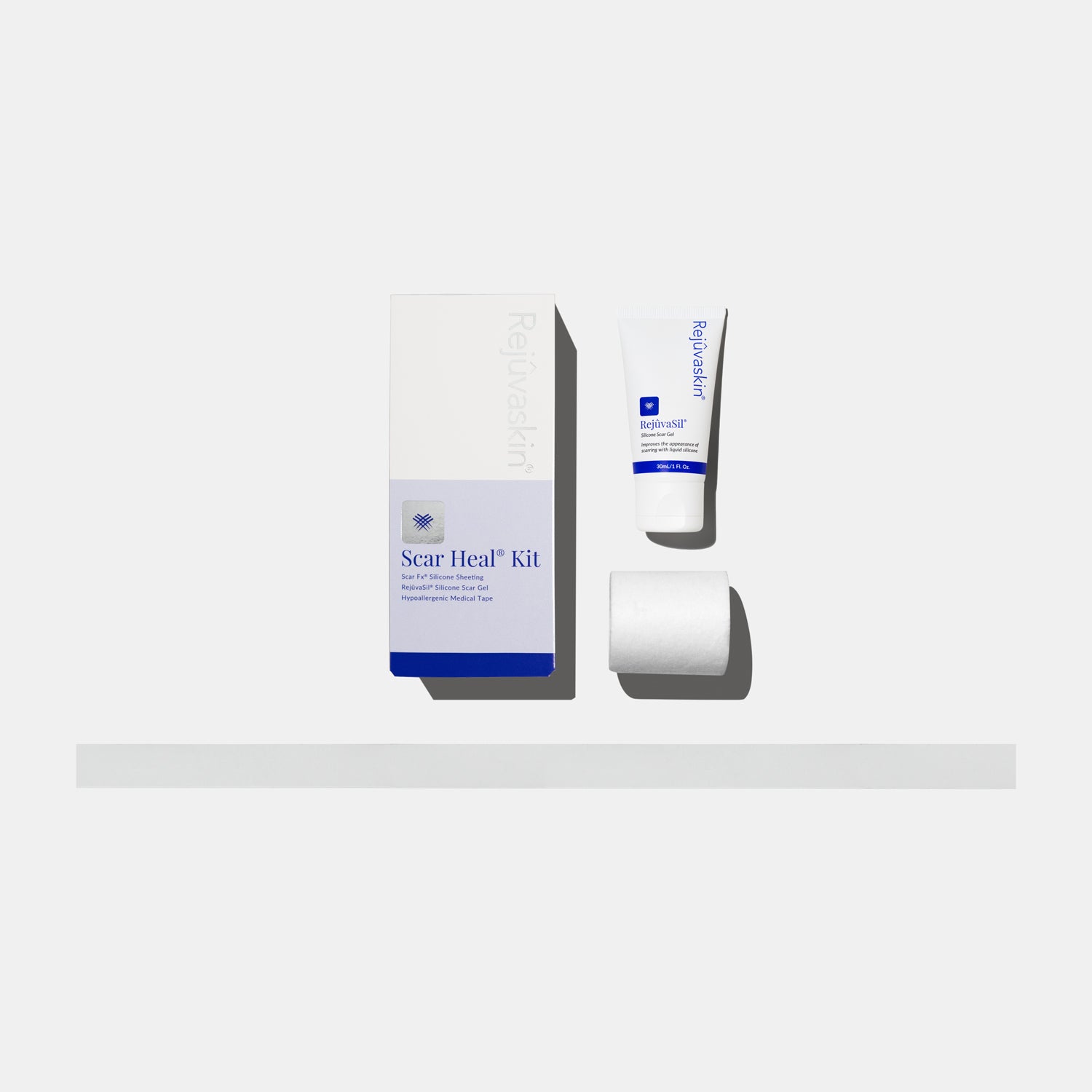


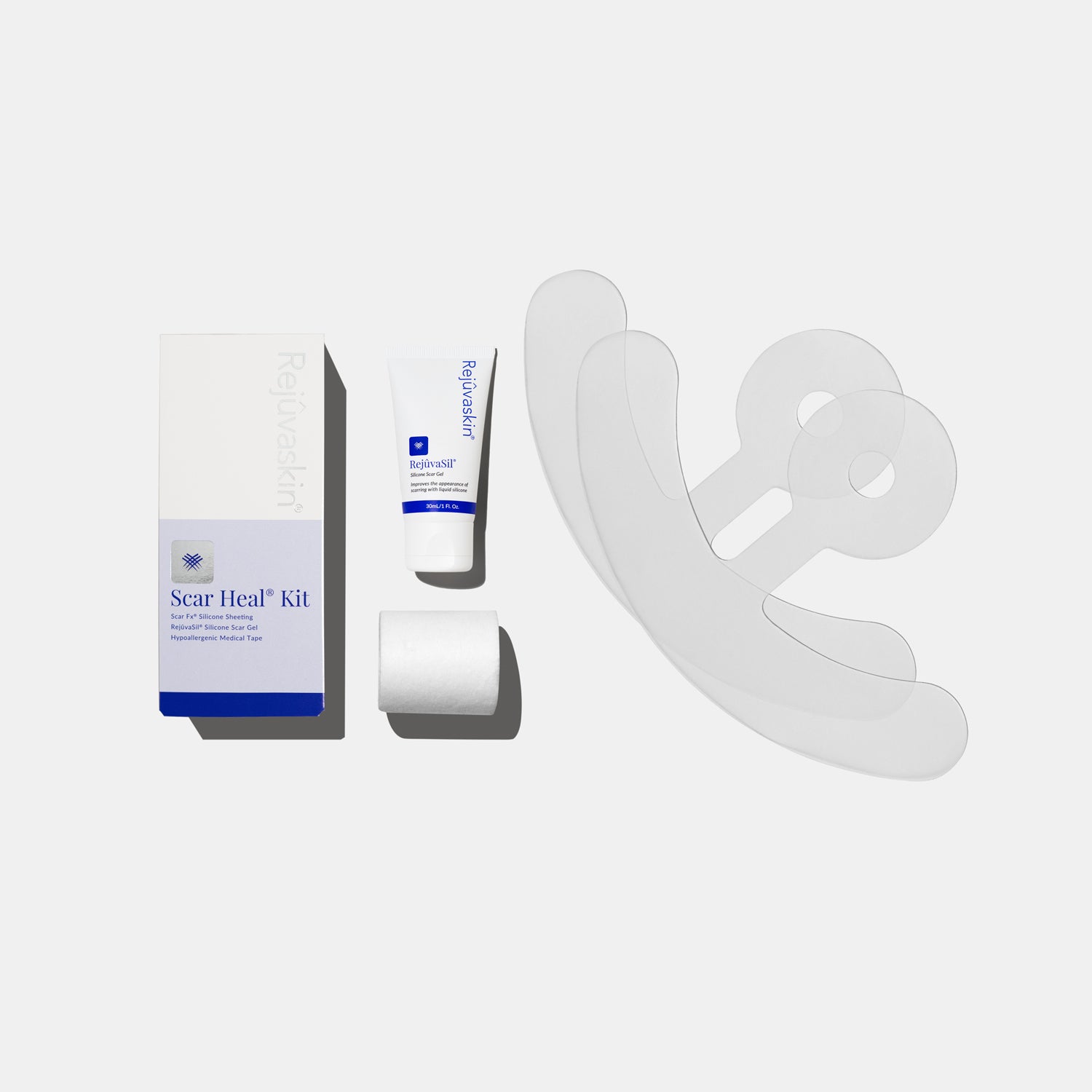
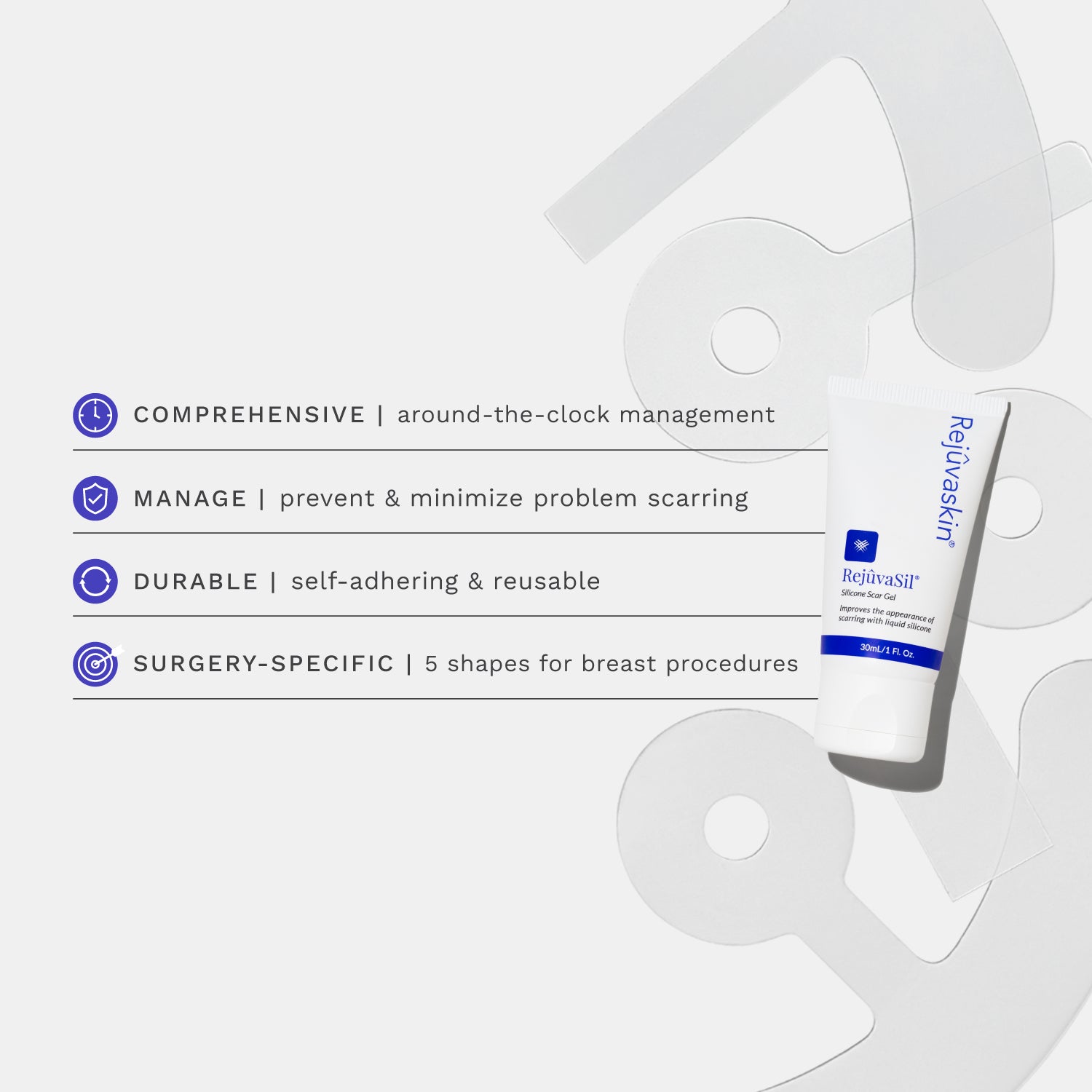
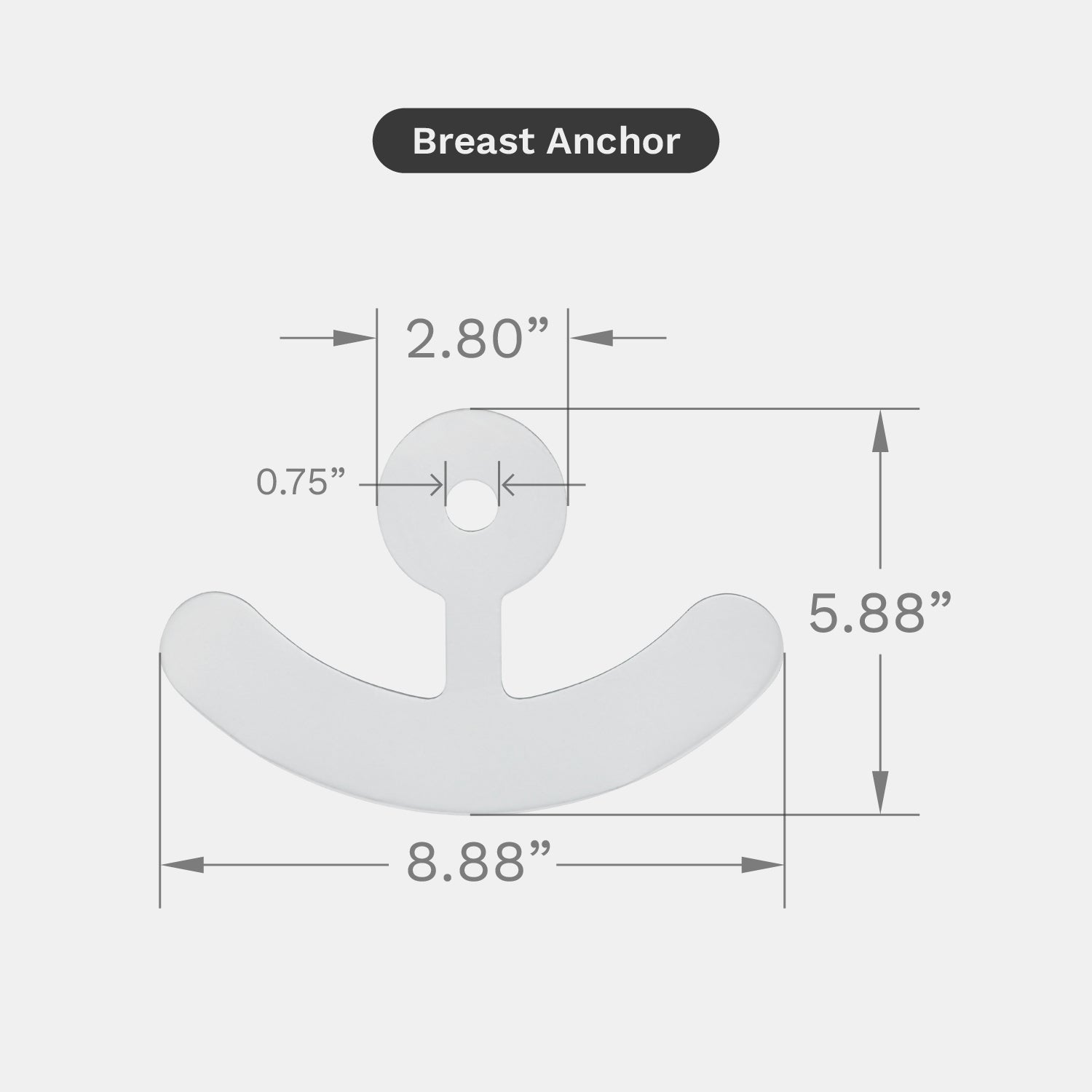
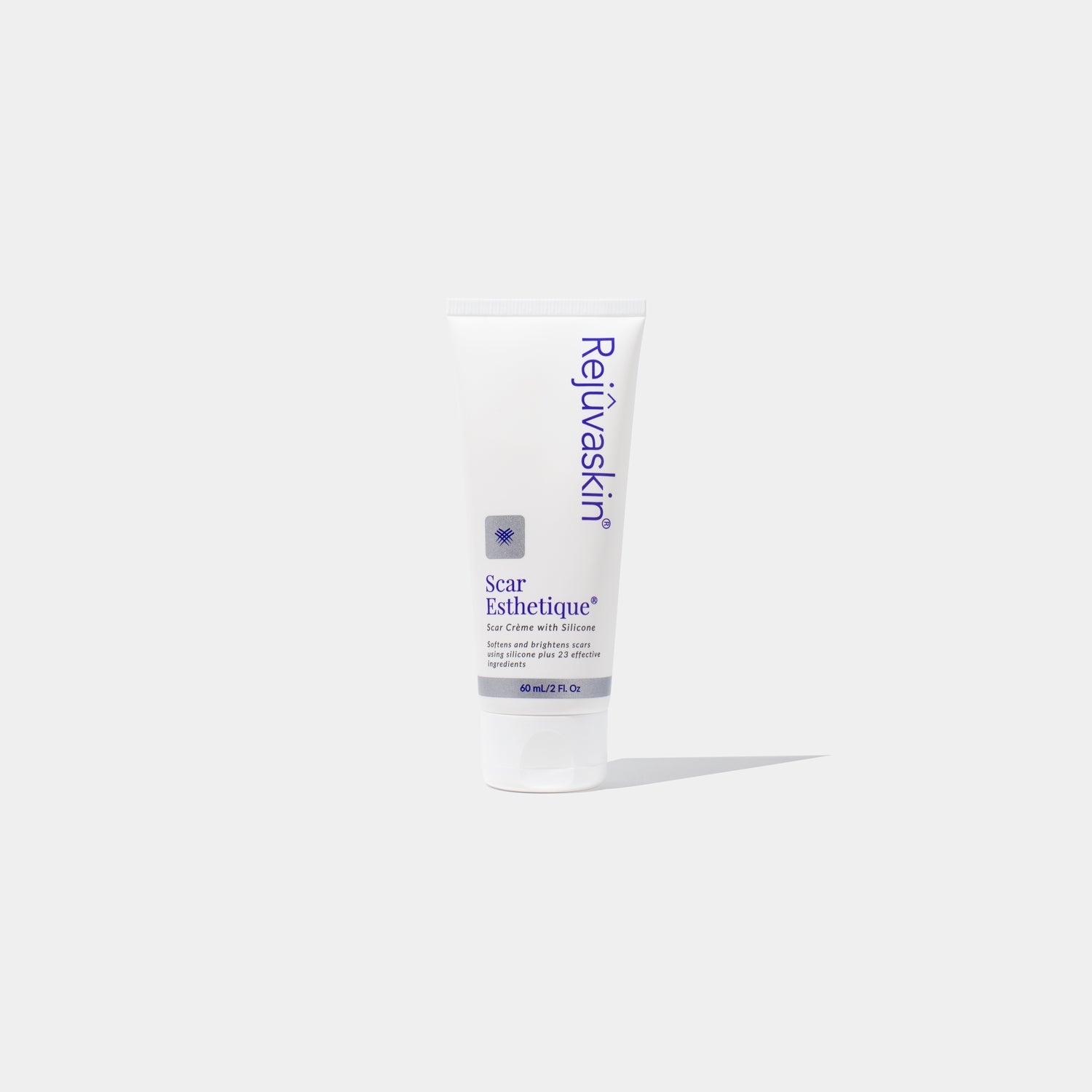
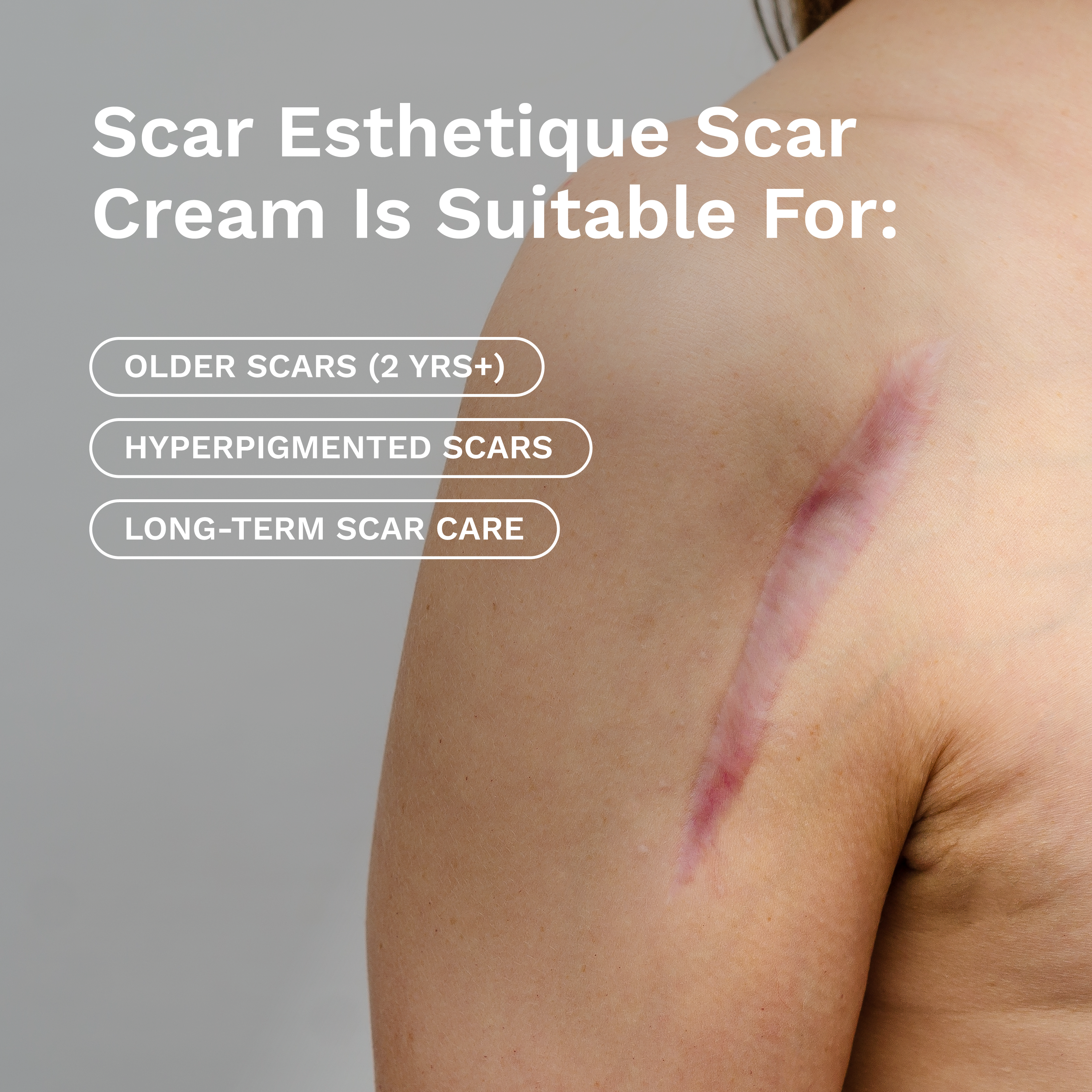








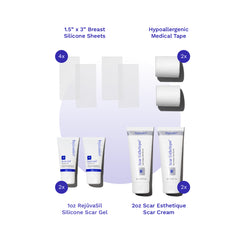
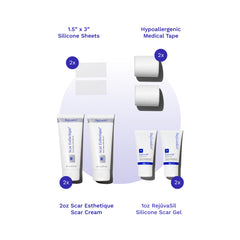

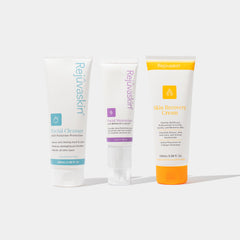

Leave a comment